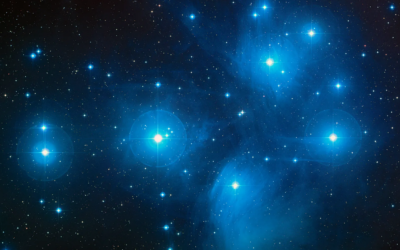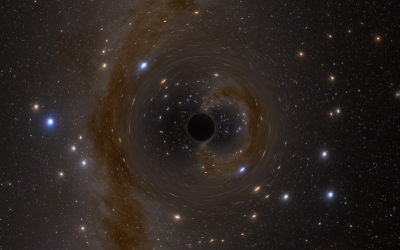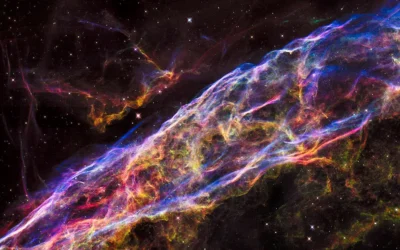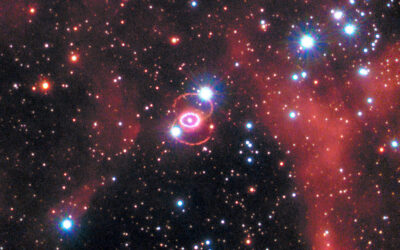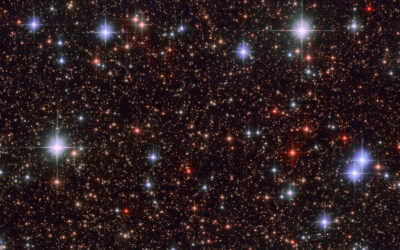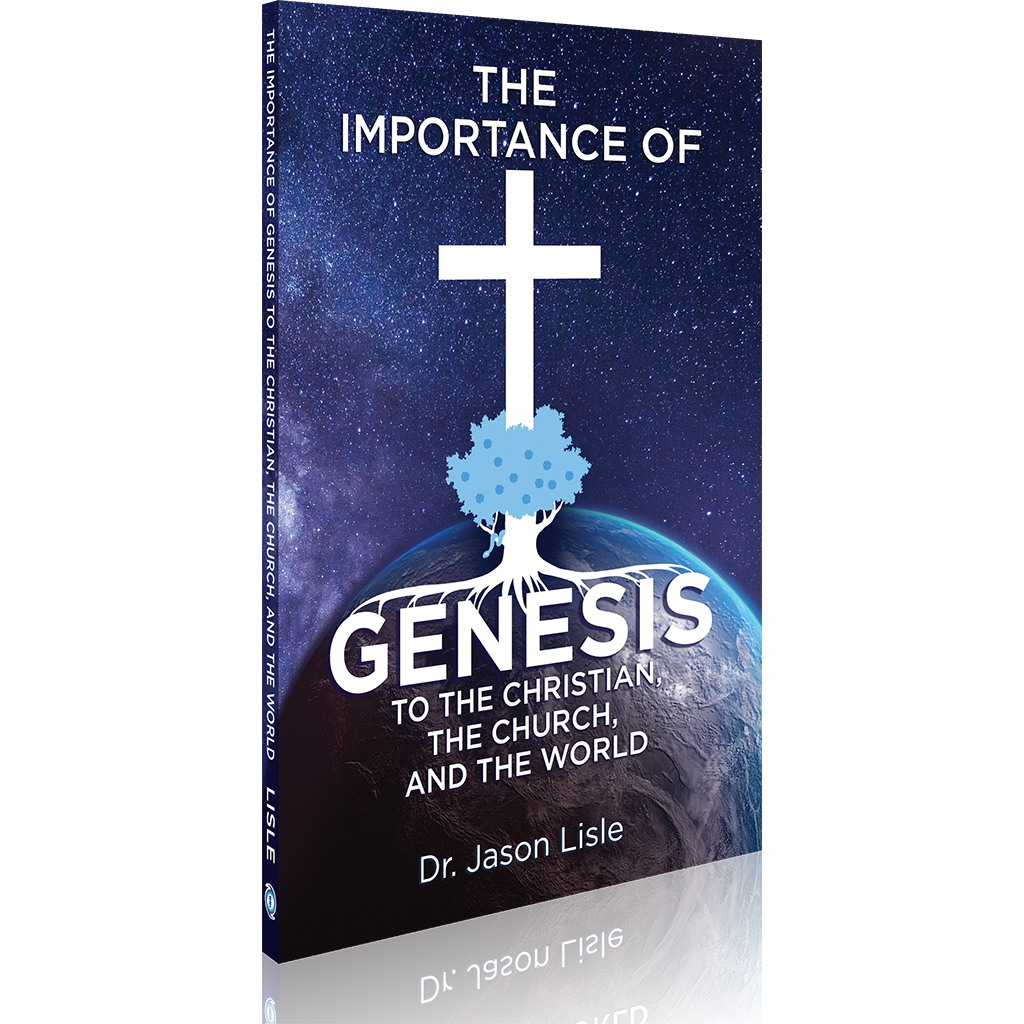
Next YouTube Live Event (Dr. Jason Lisle)
Day(s)
:
Hour(s)
:
Minute(s)
:
Second(s)
Most Recent Articles
A Refutation of Phillip Dennis’s Claims Regarding Alleged Inconsistencies in ASC
Did Phillip Dennis actually disprove the conventionality thesis (Dennis 2024)? Did he really prove at long last what physicists over the last century have been unable to do – to establish that the one-way speed of light in any given direction must be the same as the round-trip speed of light? Did he find any genuine inconsistency with the Anisotropic Synchrony Convention (ASC) and the young universe model upon which it is based? Well, no to all of the above…. We show below that when the full synchrony-independent equations are used, they do not support Dennis’s conclusion but rather the opposite. Furthermore, we will demonstrate several critical errors in Dennis’s analysis and show that several of his claims are incompatible with the physics of relativity.

Stellar Astronomy: Part 8 – Stellar Clusters and Populations
Stars often exist as binary pairs – two or more stars that orbit their common center of mass. However, even larger numbers of stars can exist in close proximity to each other – a star cluster – which can consist of hundreds to hundreds of thousands of stars. Single stars, binaries, and star clusters exist as part of a much larger structure – a galaxy – which can contain millions to trillions of stars. Furthermore, the composition of stars varies slightly in a way that depends on where they are found.
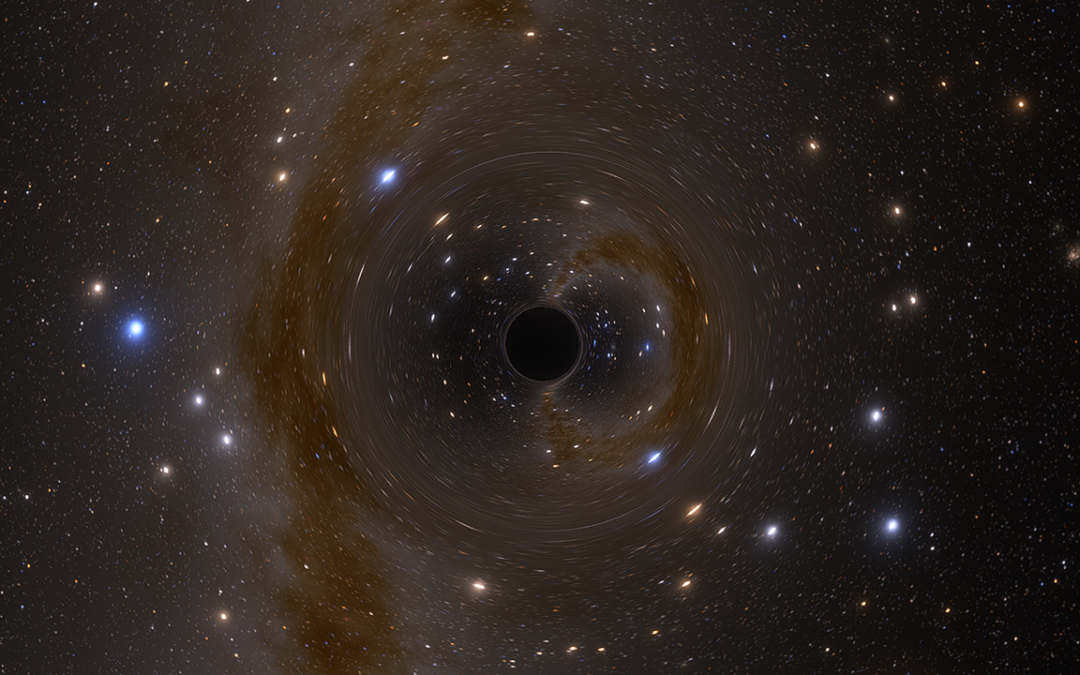
Stellar Astronomy: Part 7 – Black Holes
In the previous article, we examined white dwarfs and neutron stars, objects with the mass of a star compressed into a very small volume. Some of these objects could be what remains of a star that has collapsed in on itself. But what happens when mass is compressed into an even smaller volume?

Stellar Astronomy: Part 6 – White Dwarfs and Neutron Stars
In a star, the outward flow of energy generated by nuclear fusion in the core balances the inward pull of gravity. Without such fusion, a star would collapse into a very small volume. And indeed, the universe contains objects with a mass comparable to that of a star, but with a size comparable to the Earth. These are called white dwarfs.
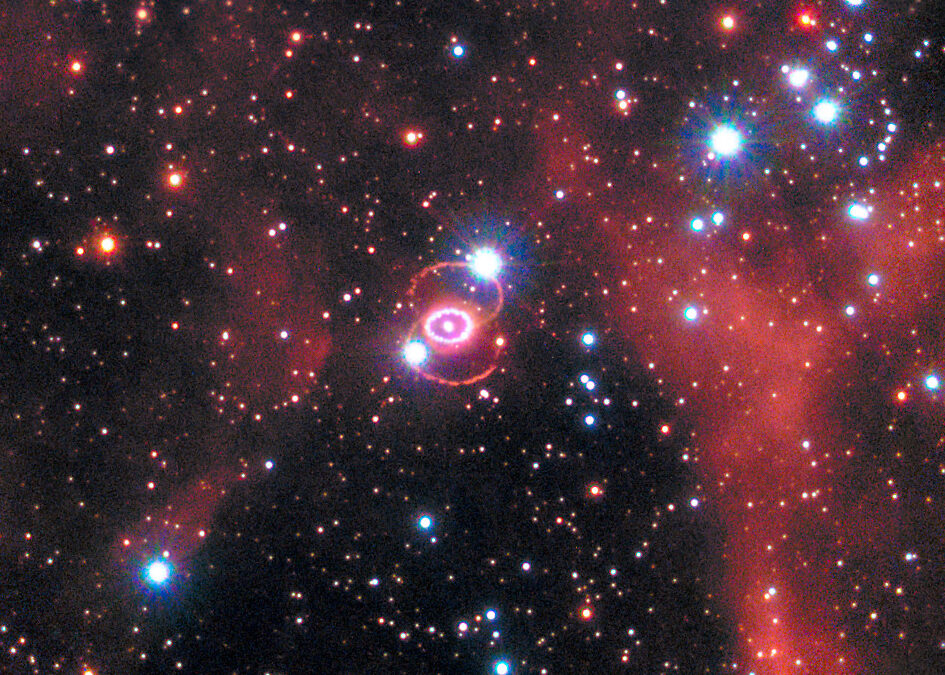
Stellar Astronomy: Part 5 – Variable Stars
How do stars change over time? In parts 3 and 4, we discussed some of the scenarios secular astronomers have proposed for stellar evolution. These included the now-discredited idea that stars evolve along the main sequence from blue to red, along with modern ideas of giants and supergiants being aged stars. Unfortunately, such long-term changes cannot be observed and therefore are beyond the scope of operational science. Nonetheless, some stars change in ways that have been observed in history, and some types of changes are even observable in the present. In particular, stars can change in luminosity, appearing either brighter or fainter over time. These are called variable stars.
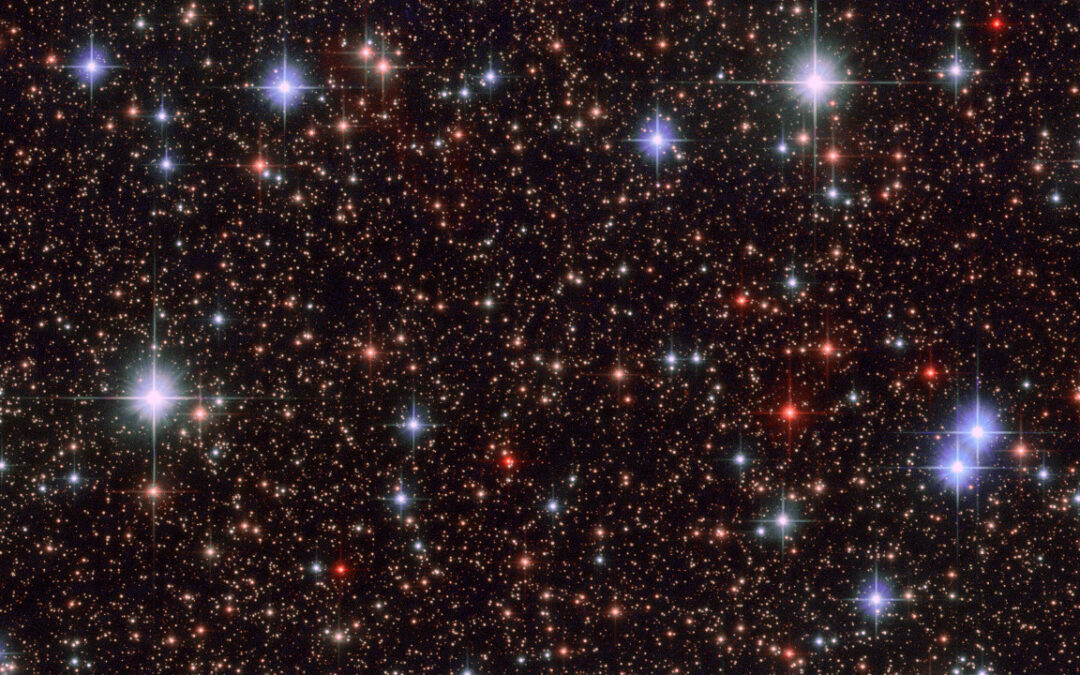
Stellar Astronomy: Part 4 – Of Dwarfs and Supergiants
It is rather amazing what we can know about stars simply by analyzing their light and with rigorous application of logic and mathematics. We can measure the distance to any nearby star using parallax. And by multiplying a star’s apparent brightness by the square of its distance, we can determine its actual luminosity. Furthermore, we can know both the composition and the surface temperature of a star by analyzing the absorption lines of its starlight using a spectroscope. This led to the field of stellar classification and the discovery of the main sequence. But why does this sequence exist? Why are blue main sequence stars so much brighter than red main sequence stars?
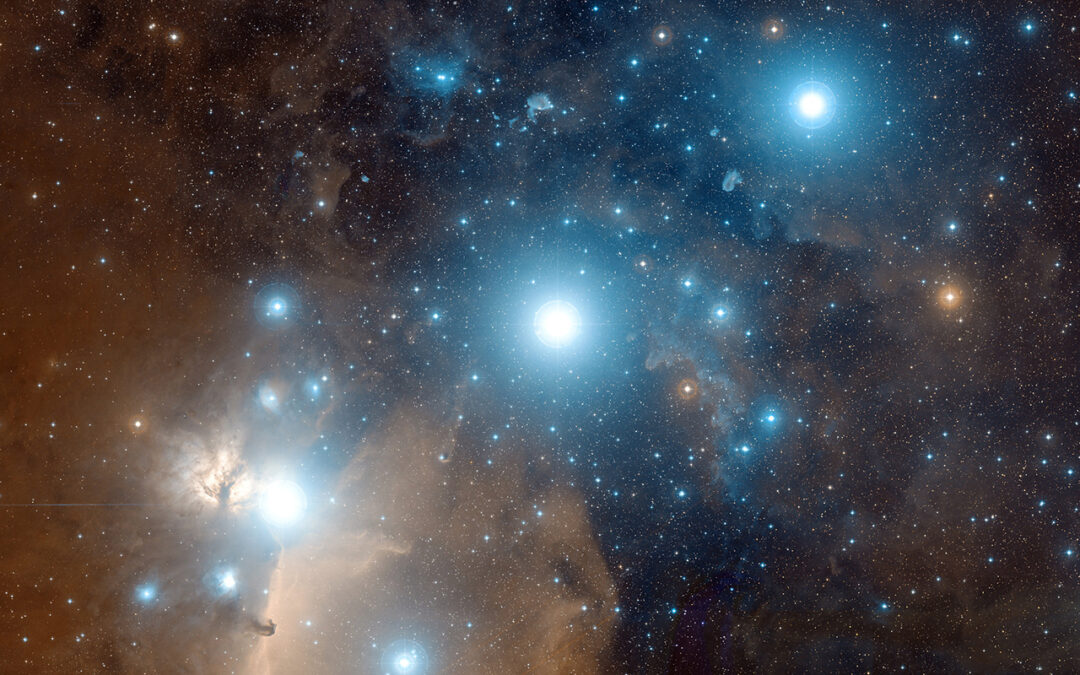
Stellar Astronomy: Part 3 – Classes and the Main Sequence
With the technology available in the nineteenth and twentieth centuries, astronomers made a number of wonderful discoveries about the nature of stars. These included knowledge of the true luminosity of stars as well as their chemical composition and temperature. Although all stars have a similar chemical composition, they come in a wide variety of luminosities and temperatures. As more stars were catalogued, astronomers began to notice a pattern. Secular, evolutionary thinking led to some false interpretations about the cause of this pattern. This lesson in history is an important one for us today.
A Refutation of Phillip Dennis’s Claims Regarding Alleged Inconsistencies in ASC
Did Phillip Dennis actually disprove the conventionality thesis (Dennis 2024)? Did he really prove at long last what physicists over the last century have been unable to do – to establish that the one-way speed of light in any given direction must be the same as the round-trip speed of light? Did he find any genuine inconsistency with the Anisotropic Synchrony Convention (ASC) and the young universe model upon which it is based? Well, no to all of the above…. We show below that when the full synchrony-independent equations are used, they do not support Dennis’s conclusion but rather the opposite. Furthermore, we will demonstrate several critical errors in Dennis’s analysis and show that several of his claims are incompatible with the physics of relativity.
Stellar Astronomy: Part 8 – Stellar Clusters and Populations
Stars often exist as binary pairs – two or more stars that orbit their common center of mass. However, even larger numbers of stars can exist in close proximity to each other – a star cluster – which can consist of hundreds to hundreds of thousands of stars. Single stars, binaries, and star clusters exist as part of a much larger structure – a galaxy – which can contain millions to trillions of stars. Furthermore, the composition of stars varies slightly in a way that depends on where they are found.
Stellar Astronomy: Part 7 – Black Holes
In the previous article, we examined white dwarfs and neutron stars, objects with the mass of a star compressed into a very small volume. Some of these objects could be what remains of a star that has collapsed in on itself. But what happens when mass is compressed into an even smaller volume?
Stellar Astronomy: Part 6 – White Dwarfs and Neutron Stars
In a star, the outward flow of energy generated by nuclear fusion in the core balances the inward pull of gravity. Without such fusion, a star would collapse into a very small volume. And indeed, the universe contains objects with a mass comparable to that of a star, but with a size comparable to the Earth. These are called white dwarfs.
Stellar Astronomy: Part 5 – Variable Stars
How do stars change over time? In parts 3 and 4, we discussed some of the scenarios secular astronomers have proposed for stellar evolution. These included the now-discredited idea that stars evolve along the main sequence from blue to red, along with modern ideas of giants and supergiants being aged stars. Unfortunately, such long-term changes cannot be observed and therefore are beyond the scope of operational science. Nonetheless, some stars change in ways that have been observed in history, and some types of changes are even observable in the present. In particular, stars can change in luminosity, appearing either brighter or fainter over time. These are called variable stars.
Stellar Astronomy: Part 4 – Of Dwarfs and Supergiants
It is rather amazing what we can know about stars simply by analyzing their light and with rigorous application of logic and mathematics. We can measure the distance to any nearby star using parallax. And by multiplying a star’s apparent brightness by the square of its distance, we can determine its actual luminosity. Furthermore, we can know both the composition and the surface temperature of a star by analyzing the absorption lines of its starlight using a spectroscope. This led to the field of stellar classification and the discovery of the main sequence. But why does this sequence exist? Why are blue main sequence stars so much brighter than red main sequence stars?
Stellar Astronomy: Part 3 – Classes and the Main Sequence
With the technology available in the nineteenth and twentieth centuries, astronomers made a number of wonderful discoveries about the nature of stars. These included knowledge of the true luminosity of stars as well as their chemical composition and temperature. Although all stars have a similar chemical composition, they come in a wide variety of luminosities and temperatures. As more stars were catalogued, astronomers began to notice a pattern. Secular, evolutionary thinking led to some false interpretations about the cause of this pattern. This lesson in history is an important one for us today.
New Resource!
Forum
Ask questions in the online forum and have them answered by Dr. Jason Lisle and other Ph.D. scientists.
Partner
Article Archives
Live Events
August 25, Washington State
September 8, Georgia
September 27-29, Florida
Subscribe to Newsletter

